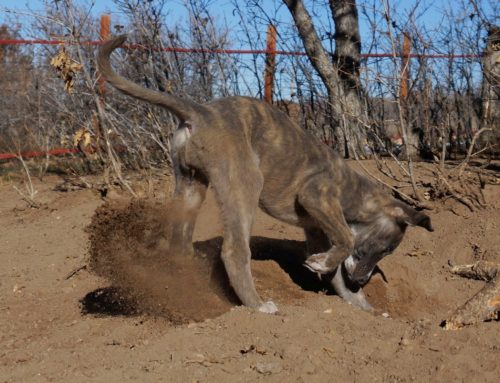I was asked this question on CPG package design on Quora. My response is below.
I think the biggest mistake is not grabbing consumer’s attention. There are so many products on shelf that it’s easy to get lost and not get any attention. This is especially the case if there is limited or no out-of-store marketing to create brand awareness. Consider the following:
- A study done by Proctor and Gamble 25 years ago indicated that consumers pushing a shopping cart down the aisle of a supermarket look at packaging for 1/6th of a second before they decide to stop and look.
- According to the Food Marketing Institute, if a customer picks up a package, even if they are not familiar with the product, there is a 71% chance they will put it in the shopping cart.
- A study conducted by Goldman Sachs in the 1990s indicated that for shoppers who shop with a shopping list, >60% of the content of the shopping cart were impulse purchases, thus the importance of packaging to appeal to that impulse.
Based on this, its important to get it right with your packaging. First, start with some background research:
- Have a thorough understanding of your brand – who you are, what you do and how that benefits your target market. Take the time to figure this out as early as possible in the life of your company, and certainly before you are ready to scale.
- Know the value your products provide and how they are differentiated from your competitors.
- Know the market, customer dynamics and trends of your category(s) where you sell.
- Know the purchase drivers that your customers use to make purchase decisions in the category(s) you occupy.
- What is your suggested retail price (SRP) and why? A higher price may mean that your brand and packaging should reflect that higher price – i.e, be more upscale.
- Know your competitors packaging well. Consider setting up a shelf in your office that is the same height and depth as that found in retail so you can place all your competitor’s product on it to compare and contrast.
- Besides knowing your competitors and their packaging, take the time to go through the whole store to see what other kinds of packaging are being used and what might fit with your brand. What grabs your attention and why? This will help give you ideas.
From your research and analysis above, consider the following to create great packaging:
- Use the data from the above questions to help figure out how to appeal to your target market and what holes you fill in your category. Consider using two-axis competitor maps to help you arrive at this.
- Develop words and statements that differentiate you and appeal to your customer’s purchase drivers.
- Develop the form factor, size, graphics, and colors, along with your words and statements, that will allow you to be distinctive, differentiated, clear, concise and hard-hitting. How can you use design elements and text to grab attention in 1/6 of a second against the sea of competitors already on shelf? Try to be different, but not so different that customers will get confused about what your product is and what it does.
- Be careful about putting too much information on the front of your packaging. Keep it simple. Put the most pertinent info that will differentiate, hits at purchase drivers and gets consumers to pick up the packaging.
- Use graphics people who are experienced in packaging design. Use appropriate legal and regulatory experts to review packaging and any claims you use. Proof carefully with many eyes, and do it again, and again.
- Get consumer feedback.
- Take your time. Don’t rush this. When creating new products, allow plenty of time in your project plan to get the packaging done right and give you time to think about it and get appropriate feedback
- Finally, try to do all this before you scale, if you are an early-stage company. That’s not suggesting you never touch your packaging again. On the contrary, you want to keep it fresh and relevant, which requires periodic updating. But if you are a small company with limited resources (cash and time), its best to get it right early on so that you can run for a while without having to touch it again.





